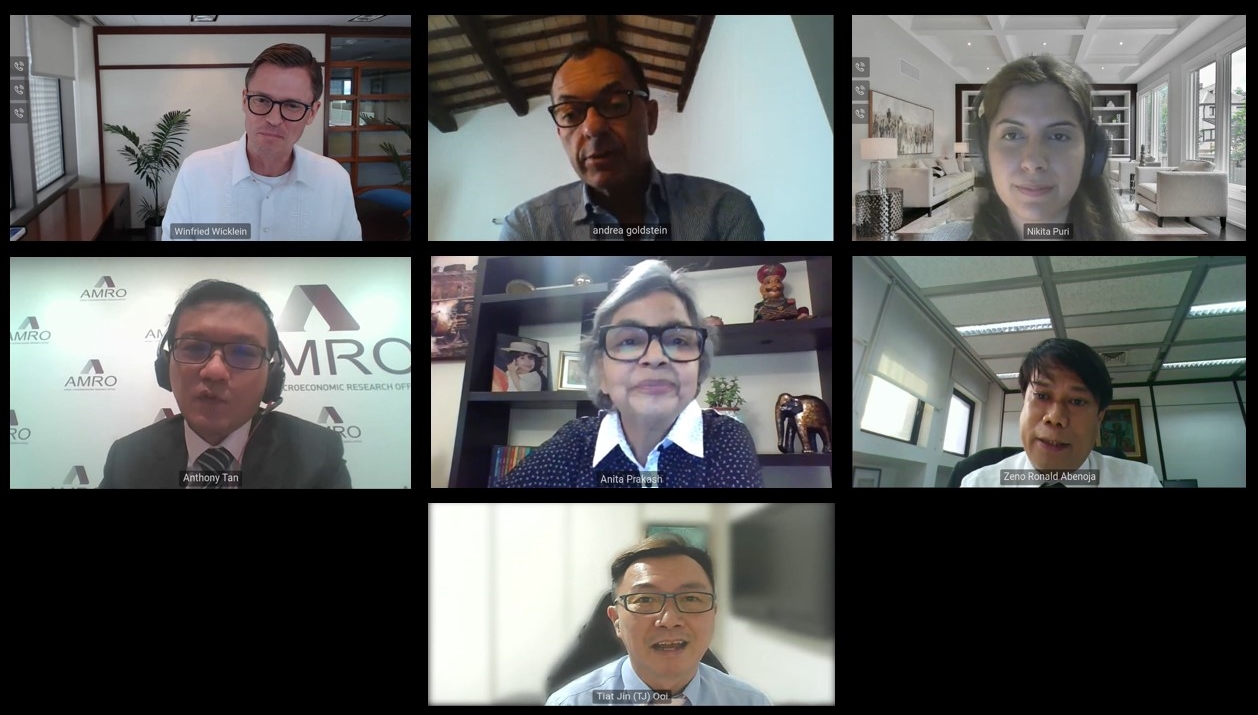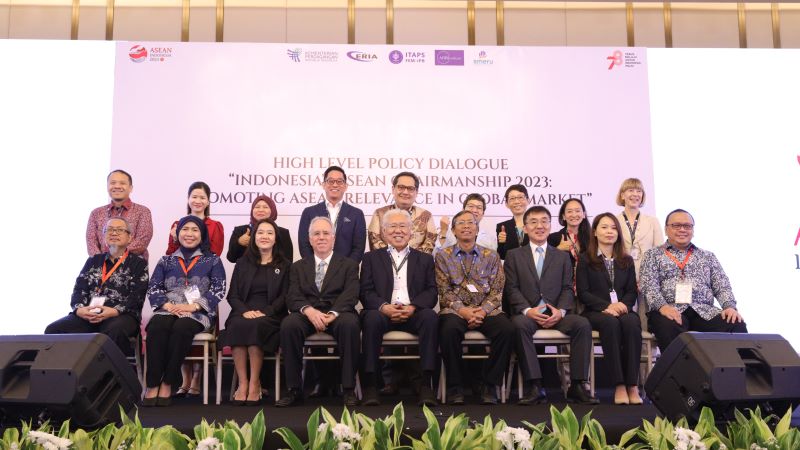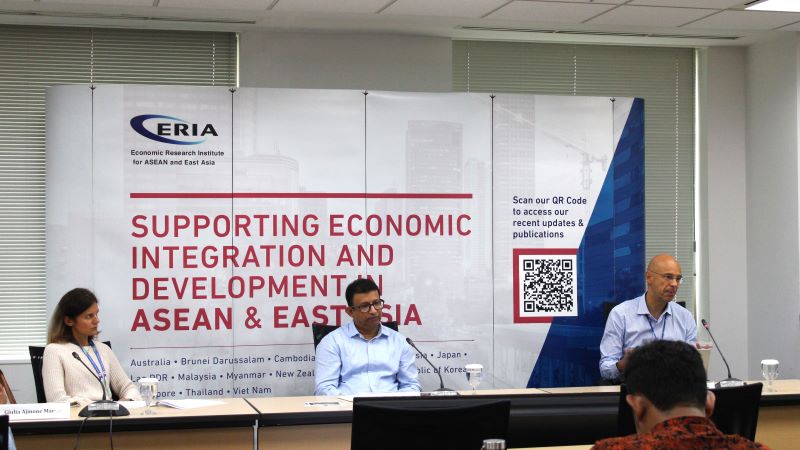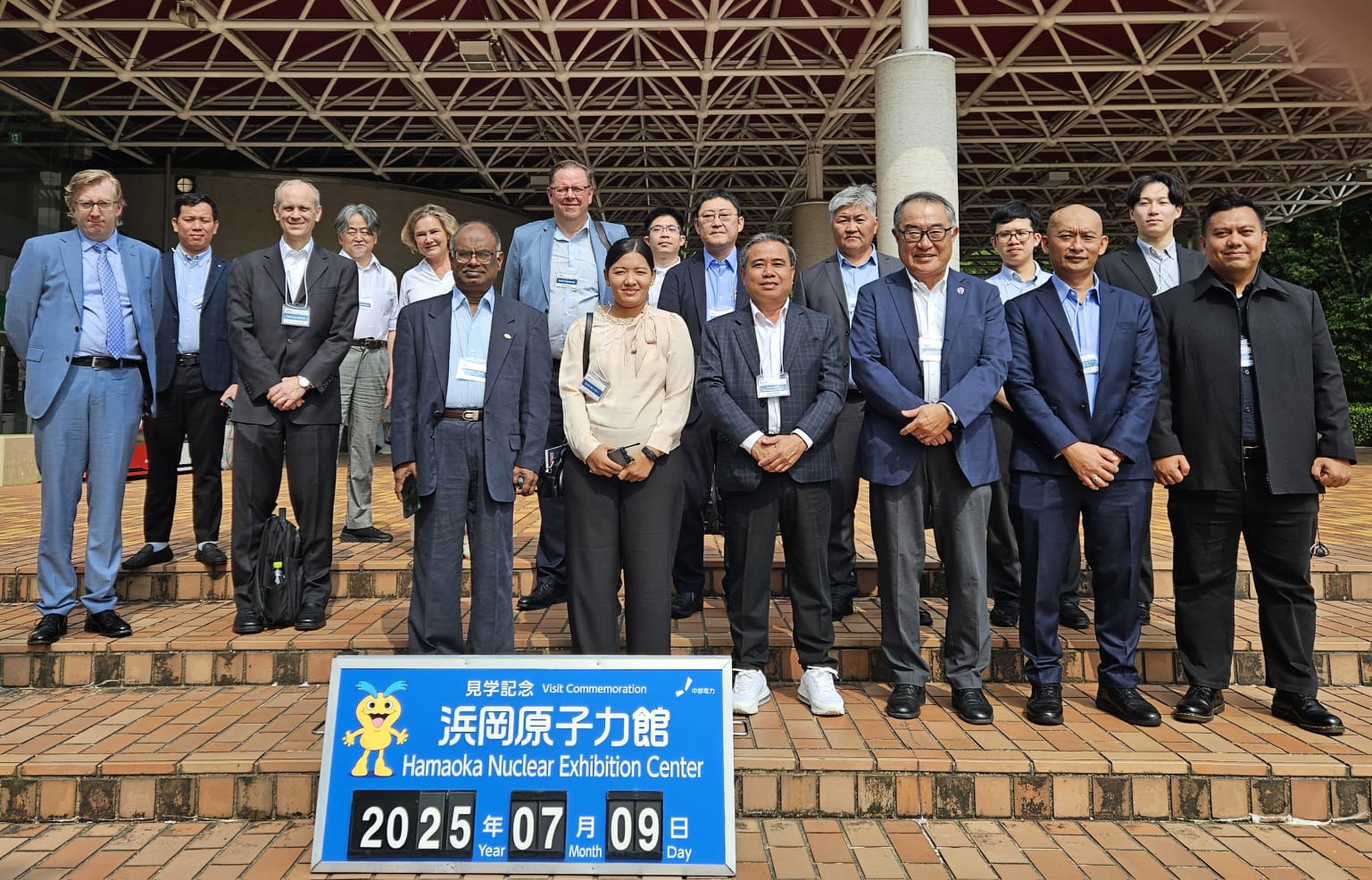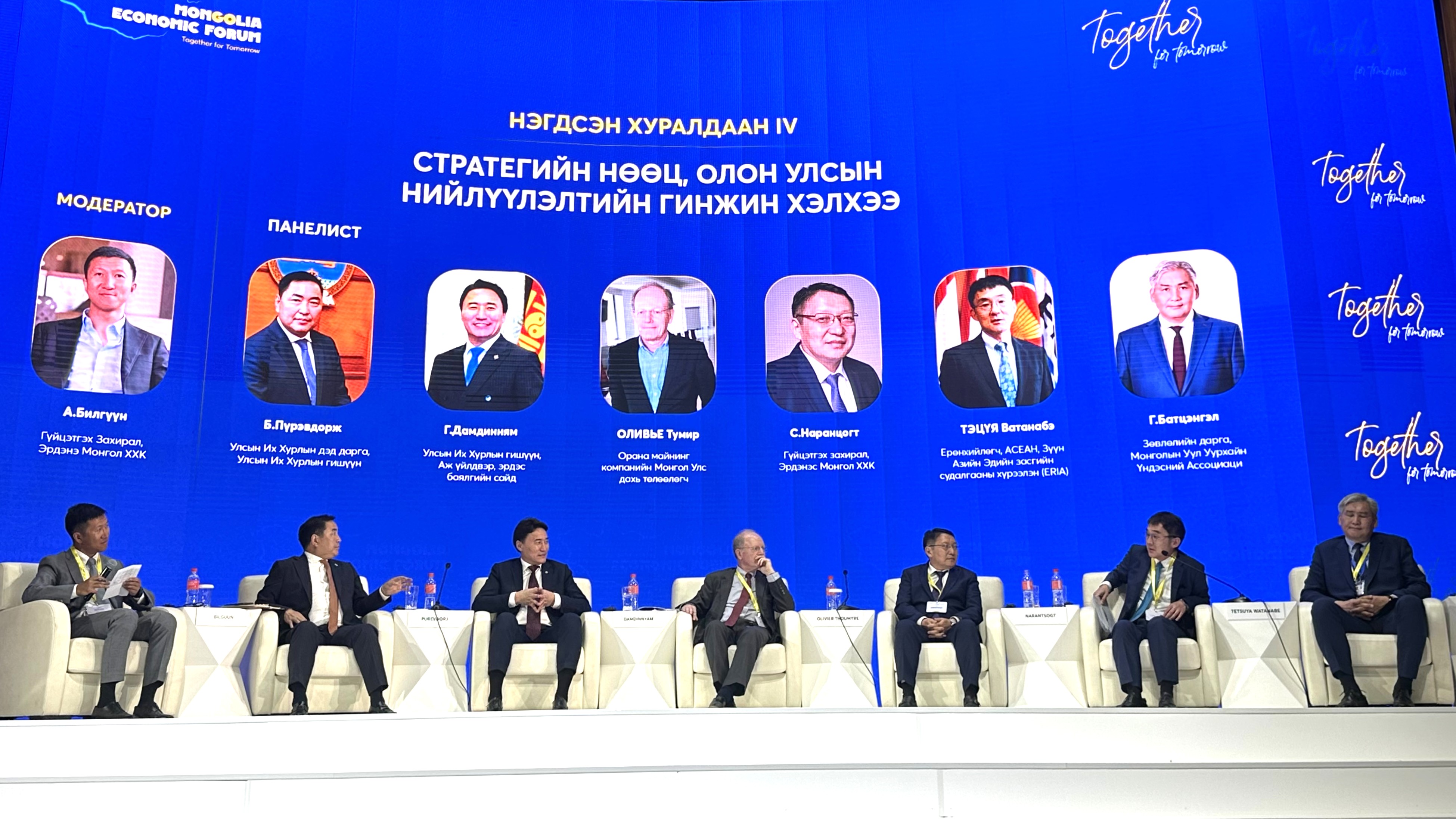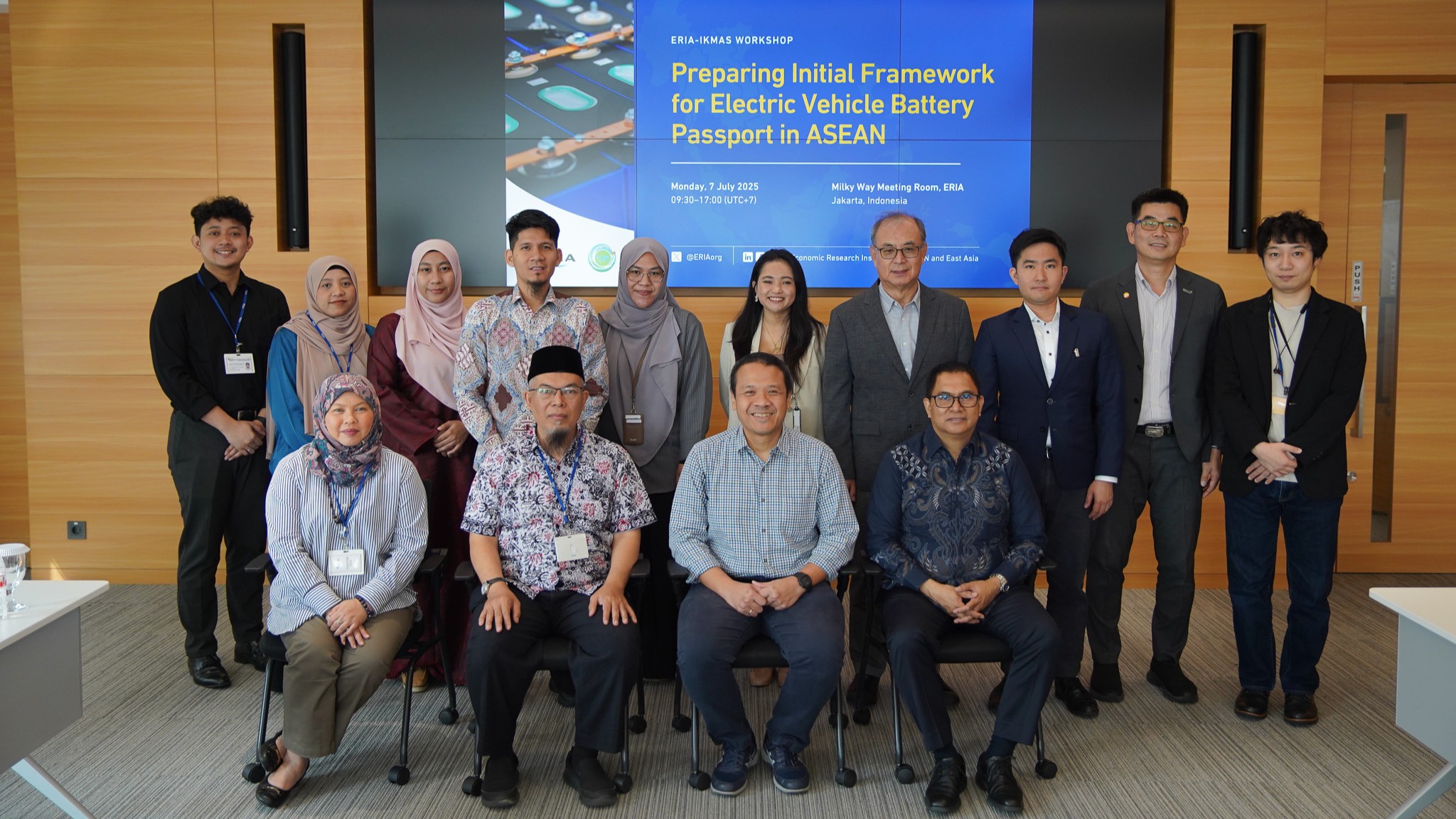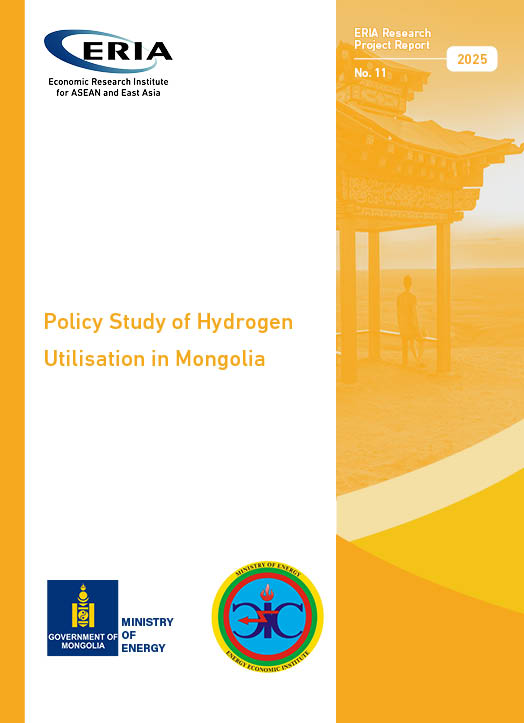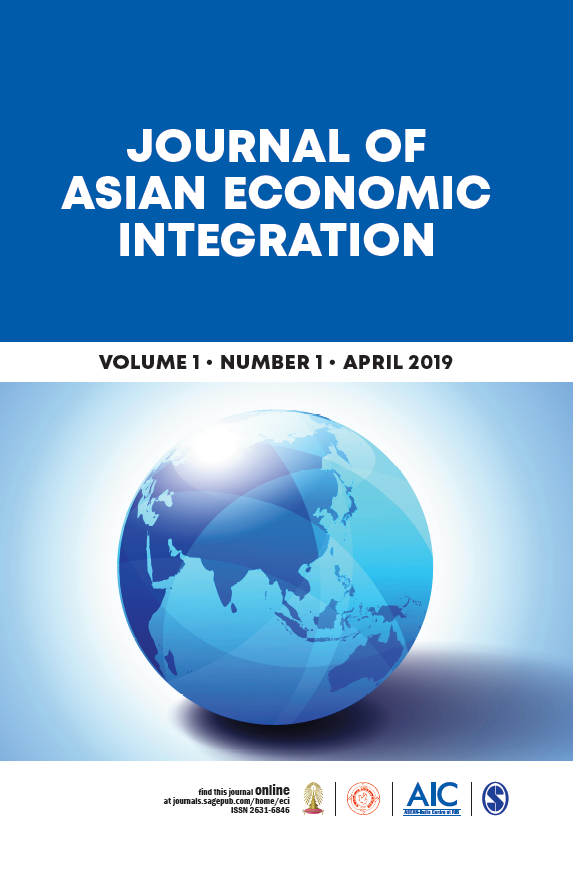ASEAN Economic Outlook: Pushing Growth, Regional Cooperation for a Stronger Pandemic Recovery
Date:
28 April 2022Category:
NewsTopics:
ADB, ASEAN, Strategy and Partnership ProgrammeShare Article:
Print Article:
Jakarta/Manila/Singapore, 28 April 2022: Two years since the COVID-19 pandemic, Southeast Asia is showing signs of recovery from it. According to a research by the Asian Development Bank (ADB), output growth in the region in 2021 rebounded to 2.9% and is projected to strengthen to 4.9% in 2022 as the region continues to recover. Research by the Economic Research Institute for ASEAN and East Asia (ERIA) cited the significance of regional trading blocks, especially the Regional Comprehensive Economic Partnership (RCEP), which are expected to create a positive impact on output in the region and provide a platform for the structural transformation of the global value chain (GVC) in the post-pandemic recovery.
However, regional economies need to counter some of the challenges in sustaining a resilient global economic recovery as they are facing global headwinds, including prolonged unemployment, the potential for new coronavirus variants, higher inflation, and tighter interest rates. Recent geopolitical events have elevated uncertainty in the global economic outlook, such as the Russia Federation's invasion of Ukraine, which has pushed oil, commodity, and food prices higher, whilst high inflation in the US continues to push global interest rates upward.
On 28 April 2022, ERIA co-organised a webinar with the Southeast Asia Development Solutions of the Asian Development Bank (ADB) and Refinitv, an American-British global provider of financial market data and infrastructure, to discuss the prospects for growth in Southeast Asia, the importance of trade and financial integration amidst global challenges, and how regional cooperation can reinvigorate growth and foster stronger financial and trade resilience in the region. More than 700 participants joined the global webinar.
Setting the scene of the session was Ms Nikita Puri, investment solutions specialist of Refinitiv, who highlighted the GDP forecast for the Association of Southeast Asian Nations (ASEAN), where five of its members are projected to achieve a growth rate higher than the world’s average in 2022. She explained that new trade opportunities, such as RCEP, will contribute to the growth of the ASEAN economy. However, the rise of commodity prices and policy implementation of environmental commitment and green growth will remain crucial in determining the region’s economic outlook.
In his opening remarks, Mr Winfried Wicklein, deputy director-general of ADB’s Southeast Asia Department, touched upon the divergence between economic and development indicators that shape Southeast Asia’s current economic outlook. Whilst the region is expected to have solid economic growth, he said that development issues such as rising poverty, job loss, and climate change continue to pose major challenges to the inclusiveness and sustainability of growth. He emphasised the importance of regional economic cooperation and leveraging innovation and inclusive digital economy to drive a sustainable post-pandemic recovery.
Mr Henry Ma, senior country economist of ADB’s Indonesia Resident Mission, presented some key information from the Asian Development Outlook 2022, an ADB report. He stated that Asia faces an urgent need to better mobilise tax revenues to further support the increasing investment in infrastructure, human capital, and inclusive and sustainable business. He also said that despite many challenges, developing Asia will still be the engine of post–COVID-19 global growth.
Mr Anthony Tan, deputy group head and senior economist of the ASEAN+3 Macroeconomic Research Office, shared his insight on how the +3 economies (China, Japan, Republic of Korea) affect growth recovery in the ASEAN region. As the intra-regional trade between ASEAN and the +3 economies is large, the current condition, such as the lockdown of major cities in China, has directly disrupted shipment and supply chains in the region. If the lockdown continues, he added, it will negatively affect recovery in the tourism sector as several ASEAN countries, such as Thailand and Cambodia, rely on the +3 economies’ tourism market. He further explained the issues of economic ‘scarring’ or the long-term effect of a crisis in several economic sectors such as labour supply, capital accumulation, and productivity.
Ms Anita Prakash, senior policy advisor of ERIA, shared her views on the state of play and role of trade disruptions, trade policies, and regional trade agreements on the economic recovery process. She said that international trade's recovery is still fragile, with ups and downs ahead. Citing ERIA’s research, she explained how ASEAN supply chains have remained somewhat resilient to the shock, although small-scale industries have been affected negatively. Looking ahead, she said that it will be important to note how ASEAN performs in the new trade architecture, which includes RCEP and the emerging new supply chains in the Indo-Pacific.
Mr Andrea Goldstein, head of the Indonesia Desk of the Organisation for Economic Co-operation and Development, talked about the role of global economic governance, particularly the role of the Group of Twenty (G20) and the challenges faced by policymakers in responding to the crisis. From his view, the main challenge of Indonesia’s G20 presidency in 2022 is how to come up with new rules and norms that can push back protectionism and great-power confrontation. Another key issue in economic recovery that G20 needs to highlight in 2022, he said, includes energy supply, food security, and climate change mitigation policy.
Mr Zeno Abenoja, managing director of the Department of Economic Research of the Bangko Sentral ng Pilipinas, discussed the role of central banks in reinvigorating economic recovery. He enumerated the challenges faced by central banks, including balancing policies between safeguarding growth prospects and containing inflation. He emphasised the importance of looking at granular information so central banks can determine which sectors have already recovered to pre-pandemic levels and which sectors are still in need of policy stimulus.
Participants emphasised how policymakers should be more innovative to be able to produce instruments that address the negative impacts of the health crisis whilst managing macroeconomic stability.
In his closing remarks, Mr Tiat Jin Ooi, lead consultant of the E-S-I Knowledge Lab of ERIA, said ASEAN will continue to be cautiously optimistic about economic recovery. He concluded that embracing public–private partnerships and including innovation players are critical for economic recovery.
